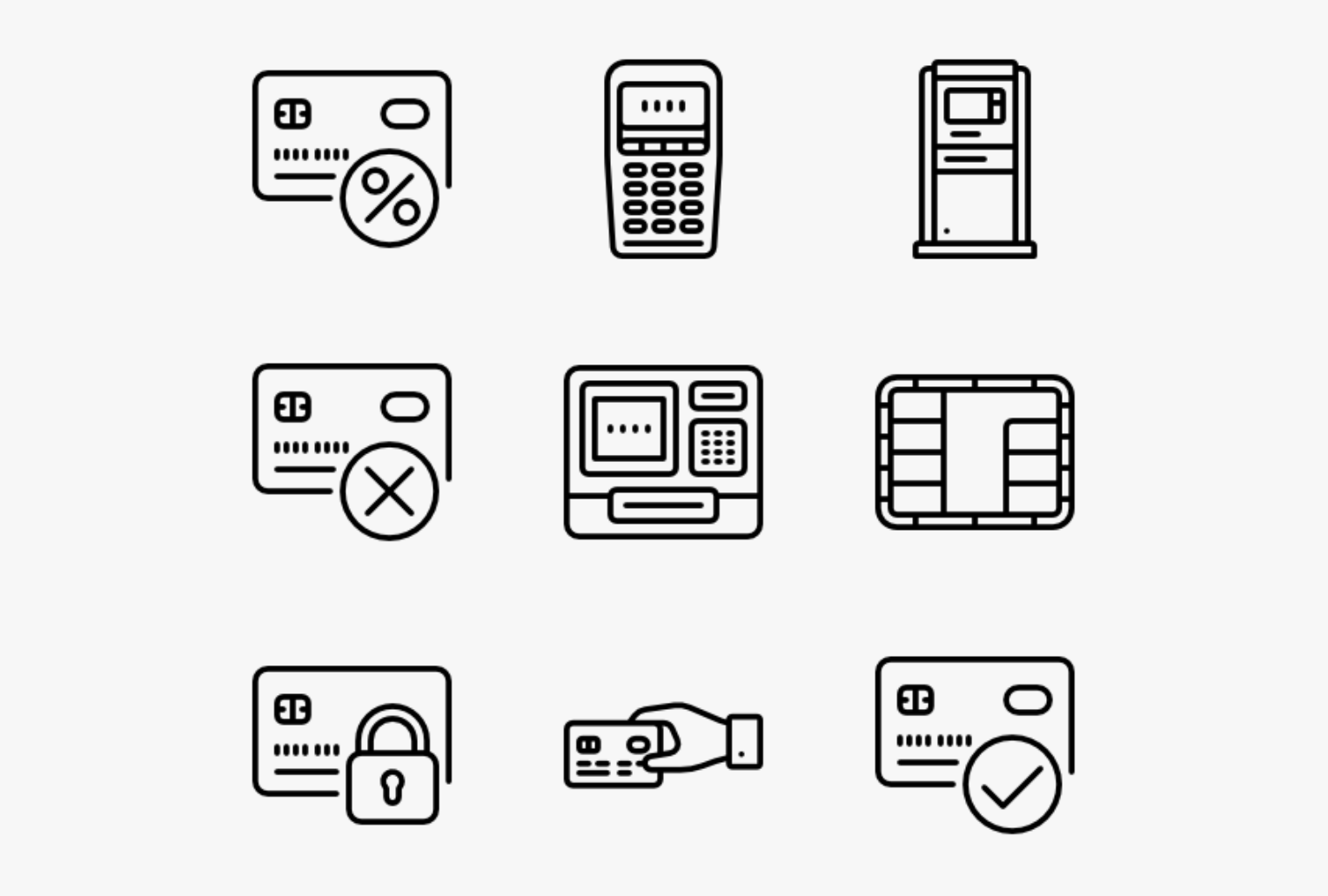
It took humanity thousands of years to come to banknotes and only a decade to start using contact-free payments. Look around: every day more and more people pay for their morning coffee or a bagel by taping a credit card or beeping a smartwatch. You will rarely see a person who uses coins and banknotes.
New payment options have significantly changed the way we purchase and sell making transactions fast and secure. In this article, we will discuss the impact of new technologies on the financial sphere.
Table of Contents
Reducing costs
Banks and other financial establishments greatly depend on the cost of transactions. Banks continue losing revenues because of over-priced international payments due to tight legislation and refusal of regulators to change anything.
Switching to automated transactions may help businesses to control cash flow and reduce time. For example, GoCardless is an enterprise that assists in making direct payments with minimum transaction costs. It charges a particular per cent (not a fixed sum) for invoicing and other processes.
Peer-to-peer apps
It is difficult to find a person that has never heard of such P2P apps like Zelle, PayPal, or Apple Pay Cash. They give users a great chance to transfer money instantly and in a safe way. At the moment, more and more merchants add these apps to the accepted payment options. Moreover, such ride-sharing companies like Lyft or Uber accept P2P without any problems.
Cryptocurrency
Blockchain technology has entered our lives like a whirlwind and it is unlikely to go anywhere. Even though crypto still has a relatively limited share of the market it is an innovation to recon with. With Bitcoin or other coins, payments become much safer and quicker. And the process is irreversible which is a great benefit for businesses: they don’t have to worry about hacks or frauds. Once the money is sent, they land on the recipient’s account.
In addition, the technology allows remaining anonymous which is a great advantage for those who don’t want others to see particular purchases or hobbies like gambling.
Smart Cards and EMV
EMV is a transaction method for smart cards and automated machines that accept them. The abbreviation means Europay, Mastercard, and Visa because these three companies created the standard. Due to a chip in these cards, every transaction is given a unique code.
In addition, smart cards create a dialogue with a payment device that accepts the transaction making it verified and secure. After EMV’s success in France, Canada, Australia, and other countries, smart cards were introduced in the US in 2015 to fight frauds and protect customers. And it was a real success. According to Visa’s research, this technology helped to reduce counterfeit crimes by 76% in the US.
Mobile and contact-free wallets
It is difficult to imagine our lives without contactless payments. They are extremely fast and convenient: you just need to tap the card on the payment device to purchase anything you want. At the moment, users can not only use contactless cards but also mobile wallets by Google and Apple which help to store all the cards in one place without actually carrying them.
Moreover, additional layers of verification make mobile transactions very safe. For example, Apple owners can confirm a transaction via Touch ID.
Mobile Points of Sale or POS
POS is a wireless device like a tablet or smartphone which acts as a cash register and allows making transactions. It is one of the new technologies which change traditional payments for good. One of its biggest advantages is that enterprises can accept payments where the customer is, without being tied to a particular store or location.
This makes transactions mobile and flexible, and significantly improves the loyalty of customers.
The future of payments and technologies
Nowadays we can conduct invisible transactions that make the process fast, reliable, and ecological. There is no need to carry a wallet in a fear to lose it or to worry about germs that inhabit banknotes.
Payments are becoming more fun and new technologies are emerging with an enviable regularity. We are sure that innovations will play a crucial part in the development of payment options and the way we buy and sell things.